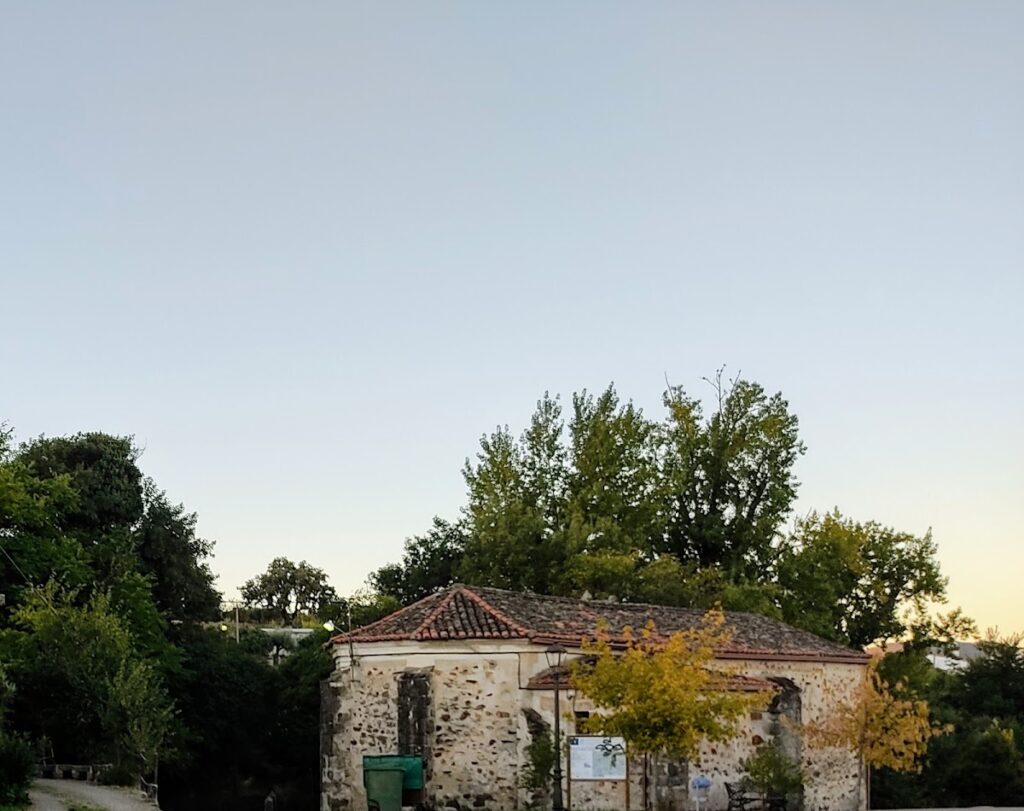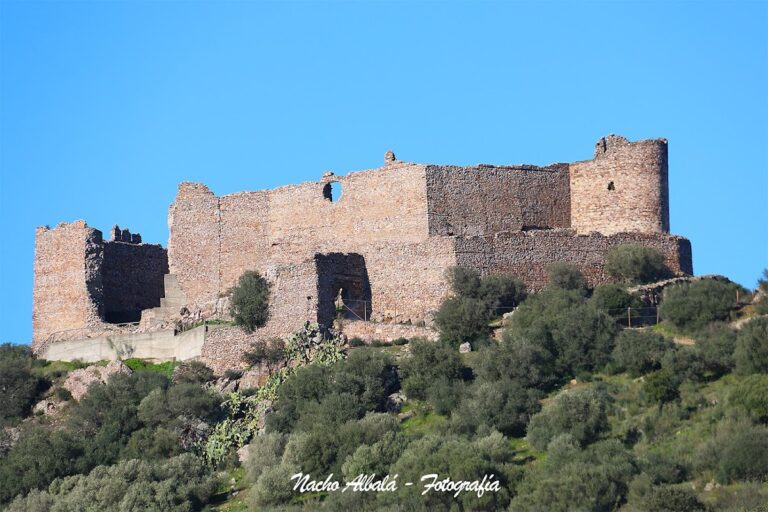Castle of Grimaldo: A Medieval Fortress in Cañaveral, Spain
Visitor Information
Google Rating: 4.1
Popularity: Very Low
Google Maps: View on Google Maps
Official Website: www.castillosdeespaña.es
Country: Spain
Civilization: Unclassified
Remains: Military
History
The Castle of Grimaldo is located in the municipality of Cañaveral, Spain. It was constructed during the last third of the 13th century, built by Christian inhabitants amid the Reconquista period following the gradual Christian reconquest of the Iberian Peninsula.
Although some historians suggest that the fortress could have originally been of Muslim origin, no surviving documents or archaeological findings verify this theory. The earliest written reference dates from the late 13th century and connects the castle to the medieval lordship known as the “Señorío de Grimaldo,” with Pedro Sánchez de Grimaldo being a notable figure associated with the site during this period.
In the 14th and 15th centuries, control of the castle passed to the Bermúdez de Trejo family. This lineage played an important role locally, with some members interred in the nearby Gothic church that stands adjacent to the castle ruins. During this time, the castle and its grounds remained a significant noble residence and defensive structure.
By the late 1500s, ownership had transferred to Rodrigo Calderón de Aranda, who later received titles such as the 1st Count of La Oliva de Plasencia and the 1st Marquis of Siete Iglesias. Calderón was a favored noble of the Duke of Lerma, one of the most powerful figures in Spain under King Philip III. His possession of the castle reflects the site’s continued importance through the early 17th century.
Remains
Today, what endures of the Castle of Grimaldo is primarily the fortified keep and a Gothic church beside it, both dating to the late 15th century. These structures form the core of the original defensive complex, showcasing the architectural style and strategy of that period.
The tower, serving as the main stronghold, includes a subterranean water cistern known as an aljibe. It originally featured two floors, each covered with curved stone ceilings called barrel vaults, which provided strength and fire resistance. In the 20th century, a third floor and a terrace were added atop the tower, modifying its silhouette but respecting the medieval masonry below.
Decorating the tower are two distinctive coats of arms from the founding family: one prominently situated near the upper corner facing the main entrance, and another positioned on a lateral wall at the ground floor level. The lower coat of arms is notable for being supported by two “wild men,” mythical figures often used as heraldic supporters, known as tenantes. Between their feet, there is an inscribed legend, although the details of this inscription remain documented only as a fact.
Adjacent to the tower, the Gothic church remains a significant element of the site. This church not only served religious purposes but also houses the tombs of members of the Bermúdez de Trejo family, providing a sacred burial place linked closely to the castle’s historical occupants.
The castle is set near the modern A-66 highway, close to small localities such as Pedroso de Acim and Casas de Millán, indicating its strategic and accessible location in the surrounding landscape.






